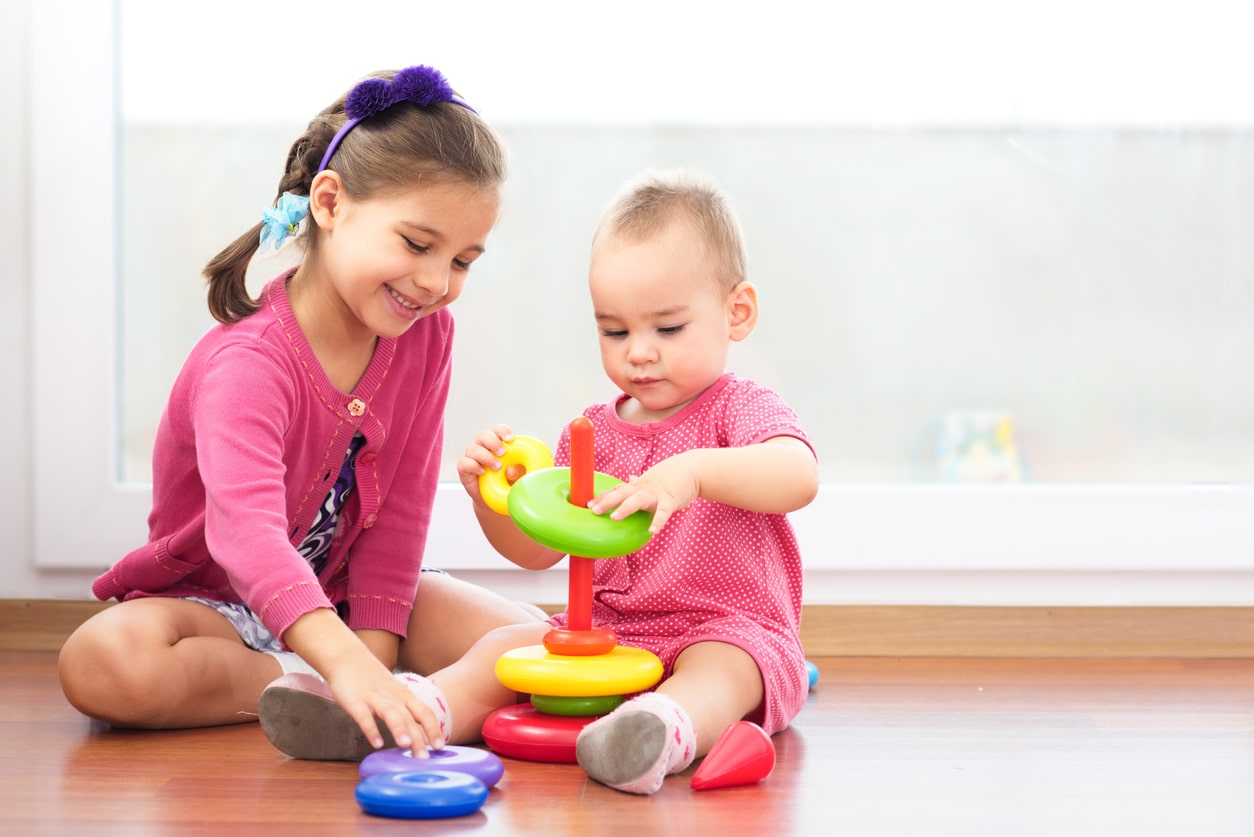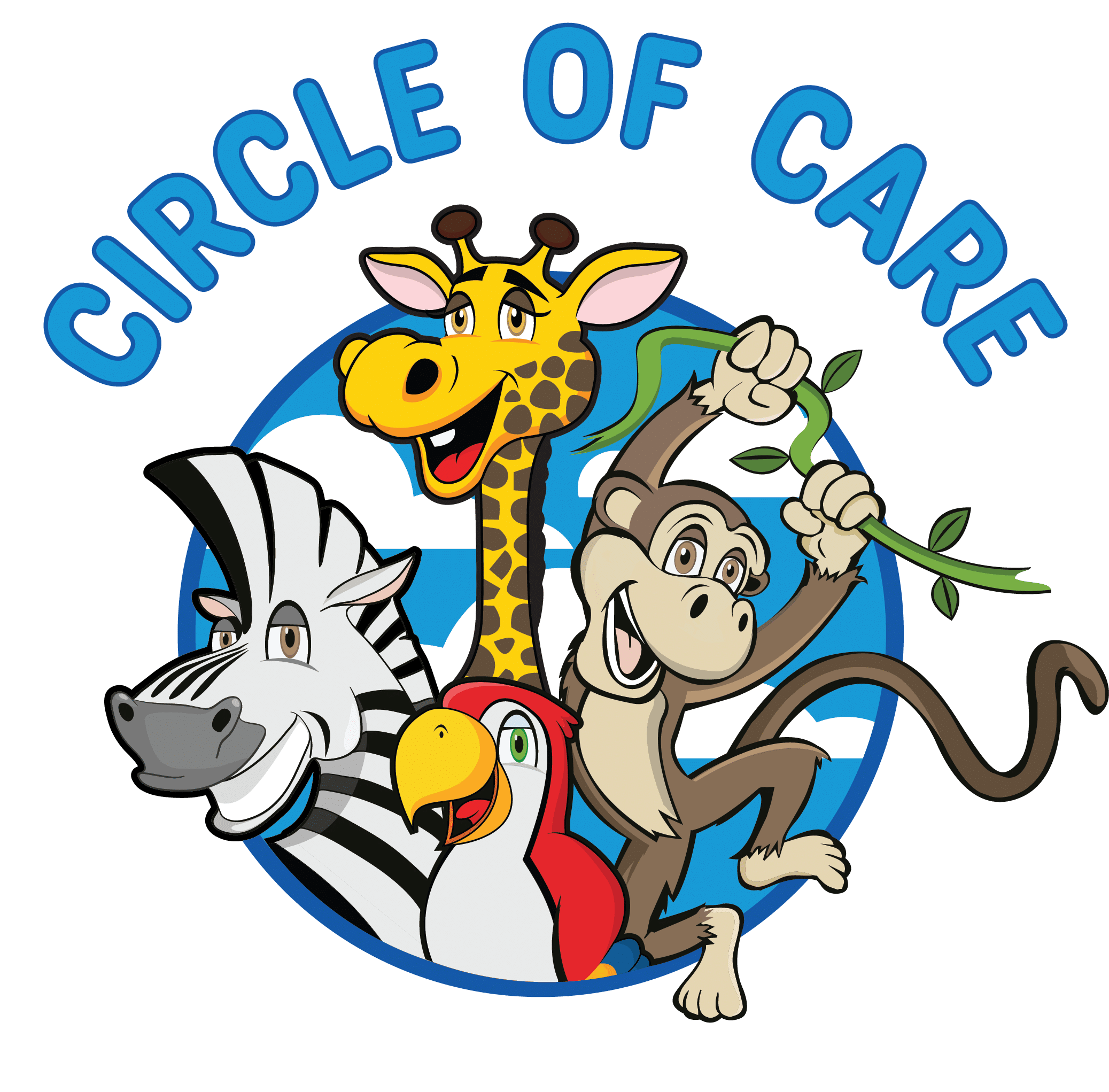The Difference Between Fine and Gross Motor Skills

Author: Circle of Care
Motor skills are an integral part of our daily lives, allowing us to interact with our environment and accomplish various tasks. They can be broadly categorized into two types: fine motor skills and gross motor skills. These skills play a crucial role in a child’s development and can significantly impact their ability to perform everyday activities. As a parent, it is essential to understand the difference between fine and gross motor skills, what they are, and explore methods for their development in children.
What are Fine Motor Skills?
Fine motor skills involve the coordination of small muscle groups, typically found in the hands and fingers, to perform precise movements. These skills are responsible for tasks that require dexterity, precision, and hand-eye coordination. Fine motor skills are essential for activities such as writing, drawing, buttoning a shirt, cutting with scissors, and picking up small objects. Development in the fine motor skills timeline is a critical part of a child’s early growth and learning.
Fine motor skills include:
- Hand-Eye Coordination: The ability to use visual information to guide precise hand movements, like threading a needle.
- Finger Dexterity: The capacity to manipulate objects with your fingers, such as using a pencil or picking up small beads.
- Pincer Grasp: The capability to hold small objects between the thumb and forefinger, like picking up a raisin.
- Hand Strength: The strength required for activities like squeezing a glue bottle or cutting with scissors.
What are Gross Motor Skills?
Gross motor skills, on the other hand, involve the use of large muscle groups in the body to perform movements that require coordination and balance. These skills are crucial for activities that require strength, control, and agility, such as running, jumping, and playing sports. Gross motor skills contribute to a child’s overall physical development and help them engage in physical activities and explore the world around them.
Gross motor skills include:
- Walking and Running: The basic ability to move and coordinate the legs to walk, jog, or run.
- Jumping and Hopping: The capacity to use the legs to propel the body upward and land safely.
- Balance and Coordination: The skill to maintain equilibrium while performing activities like riding a bicycle.
- Throwing and Catching: The ability to use the arms and upper body to throw and catch objects, like a ball.
What is the Difference Between Fine and Gross Motor Skills?
The primary difference between fine and gross motor skills lies in the size of the muscle groups involved and the nature of the movements. Fine motor skills use small muscle groups, such as those in the fingers and hands, for precise and delicate movements. In contrast, gross motor skills utilize large muscle groups, like those in the arms, legs, and core, for more extensive and coordinated actions.
Fine motor skills are typically used for activities that involve intricate manipulation and hand-eye coordination, while gross motor skills are necessary for tasks that require physical strength, balance, and overall body coordination. To put it simply, fine motor skills focus on precision, while gross motor skills emphasize broader, more dynamic movements.
How Does Pediatric Therapy Build Fine and Gross Motor Skills?
Pediatric therapy plays a pivotal role in motor skills in child development, especially those with developmental delays or physical challenges. These therapy programs, including pediatric physical therapy and occupational therapy for kids, are designed to provide individualized interventions that target specific areas of need.
Fine Motor Skills Therapy
Treatment for fine motor skills in children may include:
- Hand Strengthening Exercises: Therapists may employ exercises and activities to improve hand strength and precision, such as squeezing stress balls or picking up small objects.
- Handwriting Skills: For children struggling with handwriting, therapists use specialized techniques to enhance pencil grip and control.
- Sensory Integration Activities: Sensory-based activities can help children become more aware of their hands and fingers and improve their coordination.
Gross Motor Skills Therapy
Treatment for gross motor skills in children may include:
- Balance and Coordination Training: Therapists work on activities that improve balance and coordination, such as standing on one leg or navigating obstacle courses.
- Strength and Flexibility Exercises: Therapists focus on exercises that target the development of core strength, which is essential for overall physical coordination.
- Functional Movement Skills: Therapists help children develop the skills required for daily activities, like dressing and self-care.
Therapy for Fine and Gross Motor Skills at Circle of Care
At Circle of Care, we are dedicated to helping children of all abilities develop their fine and gross motor skills. Our experienced team is here to support your child on their unique journey towards growth and independence. Don’t wait to see the transformative effects of pediatric therapy on your child’s life. Contact us today to learn more about our specialized programs and take the first step toward unlocking your child’s full potential.
Learn More About Our Pediatric Therapy Services at Circle of Care
